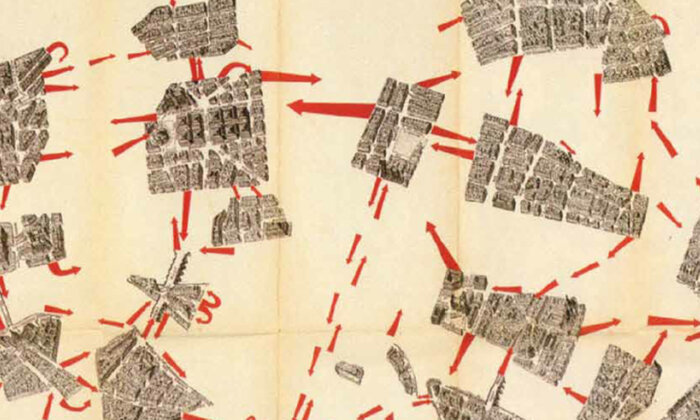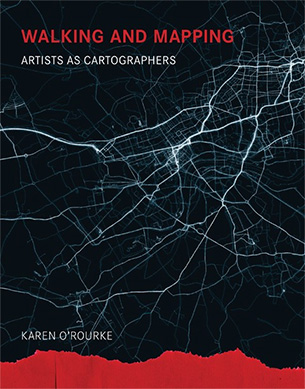Study underscores lack of diversity in stock photography sites
A new study finds the majority of images related to health topics on stock photography sites are of light-skinned people within a fairly narrow age range, making it more difficult – and expensive – for organizations to create health education materials aimed at reaching other groups.
The findings are significant because using images relevant to audiences is an important factor in successful communication and outreach efforts. If many populations are not well represented on stock photography sites, it’s more difficult to develop effective communication tools to reach those populations.
“Many organizations that produce health outreach materials rely on stock photography sites to produce those materials,” says Michelle Jewell, co-author of the study and a science communicator in the Department of Applied Ecology at North Carolina State University. “In many cases, organizations that create outreach materials for minoritized groups or populations with lower socioeconomic status have limited resources, which exacerbates the challenges they face in producing effective materials that reflect the publics they serve.”
The researchers also found a significant difference between the diversity present on images available on free stock photography sites versus on sites that require users to pay for stock photos.
“Images on stock photo sites with paywalls were significantly more likely to depict a person of perceived minoritized racial/ethnic identity and darker skin tones,” says Catherine LePrevost, co-author of the study and an associate extension professor of applied ecology at NC State. “The pay sites were also less likely to contain markers of high socioeconomic status than images in databases that were free to use.”
“In other words, it is harder to find health-relevant photos of people who are not light-skinned and upper class,” Jewell says. “And when you do find them, they are more likely to come with a fee.”
The researchers launched the study after they struggled to find a stock image of a Latina pregnant woman for an unrelated science communication effort.
“Anecdotally, this lack of representation in stock photography is a widely known problem among professional communicators,” Jewell says. “We wanted to quantify the problem to get a better understanding of the scope of the problem.”
For the study, the researchers focused on five widely used stock image libraries, and searched each of those sites for five health-related terms: healthy eating, exercising, quitting smoking, vaccination, and pregnancy.
While about half of the images the researchers found included at least one person from a perceived minoritized group, there were stark differences when researchers accounted for skin tone.
For some search terms – healthy diet and quitting smoking – there were no images of people with dark skin tones at all. Only one search term – vaccination – included dark skin tones in 20% of its images.
“It became glaringly evident while searching through the stock photo libraries that certain populations are underrepresented,” say Zachary Chichester, first author of the study and an undergraduate at East Carolina University at the time of the study. “It is imperative that we bring attention to this issue in order to ensure that creators of health education media are able to produce materials that are most effective.”
Another factor was whether the stock photos showed a person’s face.
“If you were looking for photos that included someone’s face, which is important for humanizing the subject matter, things became even more difficult,” LePrevost says. “Basically, if an image included a person’s face, it was much less likely to be someone who could be recognized as being part of a minoritized racial or ethnic group.”
Age presented another challenge, with the researchers finding very few images that included older adults of any racial or ethnic group.
And these disparities became more pronounced when looking only at free stock photo sites and images.
“Effective health communication is incredibly important, and our study outlines a systemic obstacle to developing health communication tools for many groups,” LePrevost says. “Communication is an important component in addressing health disparities, and this work highlights one of the challenges facing those communication efforts.”
“We also hope this work will help health communicators secure the time and financial resources they need in order to develop effective outreach tools,” Jewell says. “Organizations that support health communication and education efforts need to recognize that communicators don’t have access to free images that are relevant to many audiences. Moving forward, granting bodies and other revenue sources should include budgets for photographers and illustrators to create media that best represents relevant audiences.”
The paper, “The Cost of Diversity: An Analysis of Representation and Cost Barriers in Stock Photo Libraries for Health Education Materials, 2021,” is published open access in the journal Health Promotion Practice. The paper was co-authored by Joseph Lee, a professor of health education and promotion at ECU.
The work was supported by the National Library of Medicine of the National Institutes of Health, under grant number G08LM013198. The content is solely the responsibility of the authors and does not necessarily represent the official views of the National Institutes of Health.
JOURNAL
Health Promotion Practice
METHOD OF RESEARCH
Data/statistical analysis
SUBJECT OF RESEARCH
Not applicable
ARTICLE TITLE
The Cost of Diversity: An Analysis of Representation and Cost Barriers in Stock Photo Libraries for Health Education Materials, 2021
ARTICLE PUBLICATION DATE
1-Feb-2023



